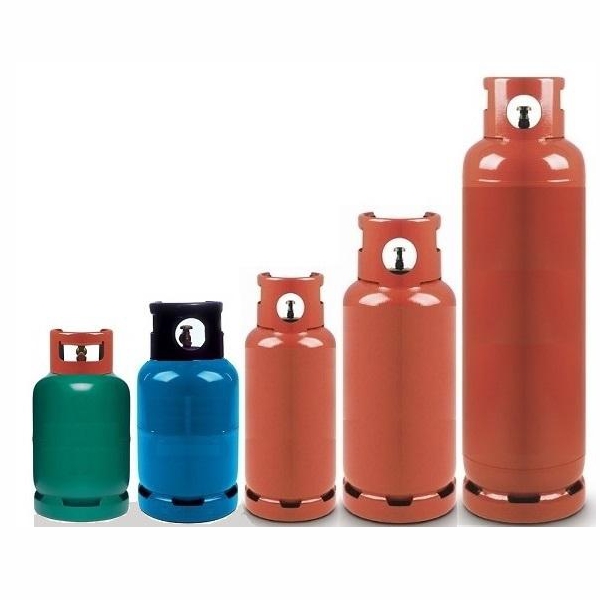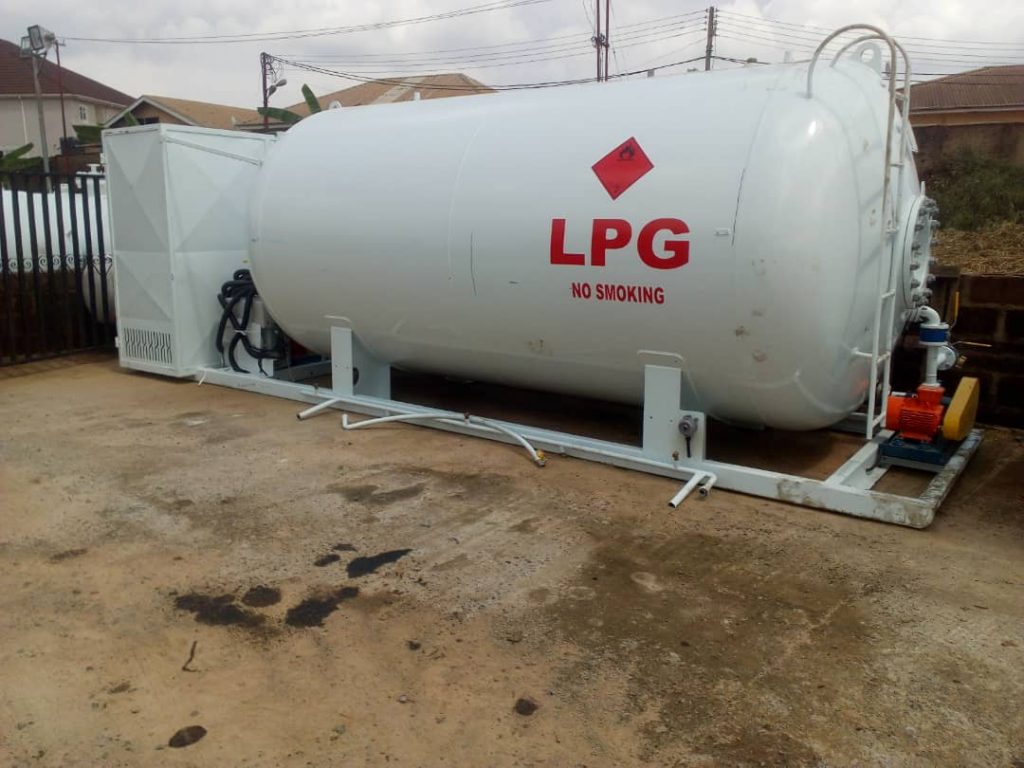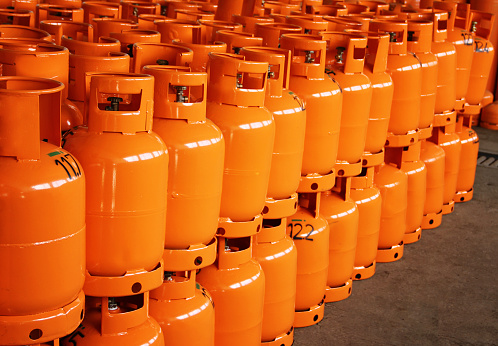The Middle East was a bright spot for global liquefied natural gas demand in 2015. Now imports have plummeted so much that it could take a decade to recover.
Last year’s 37% slump and the prolonged negative outlook is in contrast to the region’s two-year LNG demand surge that outpaced global growth, according to BloombergNEF and ship-broker Poten & Partners Inc. data. The Middle East is now expected to make up less than 4% of global imports for at least eight years.
There are only five importers — Egypt, Kuwait, Jordan, the United Arab Emirates and Israel — of LNG in the Middle East. Bahrain is expected to join the group this year.
Why are LNG imports falling?
Gas finds in Egypt and the UAE reduced the need for the liquefied fuel, and Jordan increased cheaper pipeline imports. “Domestic gas resources have been the main reason for LNG imports being subdued,” said Fauziah Marzuki, a senior associate at BNEF. Locally produced “gas will always be preferred over imports, within certain cost parameters of course.”
Which countries are leading the decline?
Egypt, the region’s biggest LNG importer in 2016 and 2017, will halt purchases this year and may resume exports thanks to surging domestic supplies from the giant Zohr field. Jordan will rely more on pipeline imports from Egypt, trimming its need for LNG. Bahrain, the only country that will add import capabilities in 2019, isn’t expected to reach meaningful volumes until 2022, according to BNEF forecasts.
What does this mean for Qatari exports?
Qatar, the world’s biggest LNG exporter, has boosted its position in the Middle East’s shrinking market since 2016. The exit of Egypt from the scene will likely erode that status. Almost half of Egypt’s imports came from Qatar last year. Still, the region isn’t a major market for Qatar and growth in Asia will more than offset declines in the Middle East.
How will this impact global markets?
Imports of LNG in the Middle East are dwarfed by Asia. Supply of the fuel — driven by the U.S., Qatar and Australia — is expected to rise almost 18% by 2030, and demand will grow more than double that rate. Even Kuwait, the region’s biggest importer, barely registers in global terms. Its imports are even less than the smaller markets in Asia such as Thailand, Bangladesh and Pakistan.
Source: www.worldoil.com




